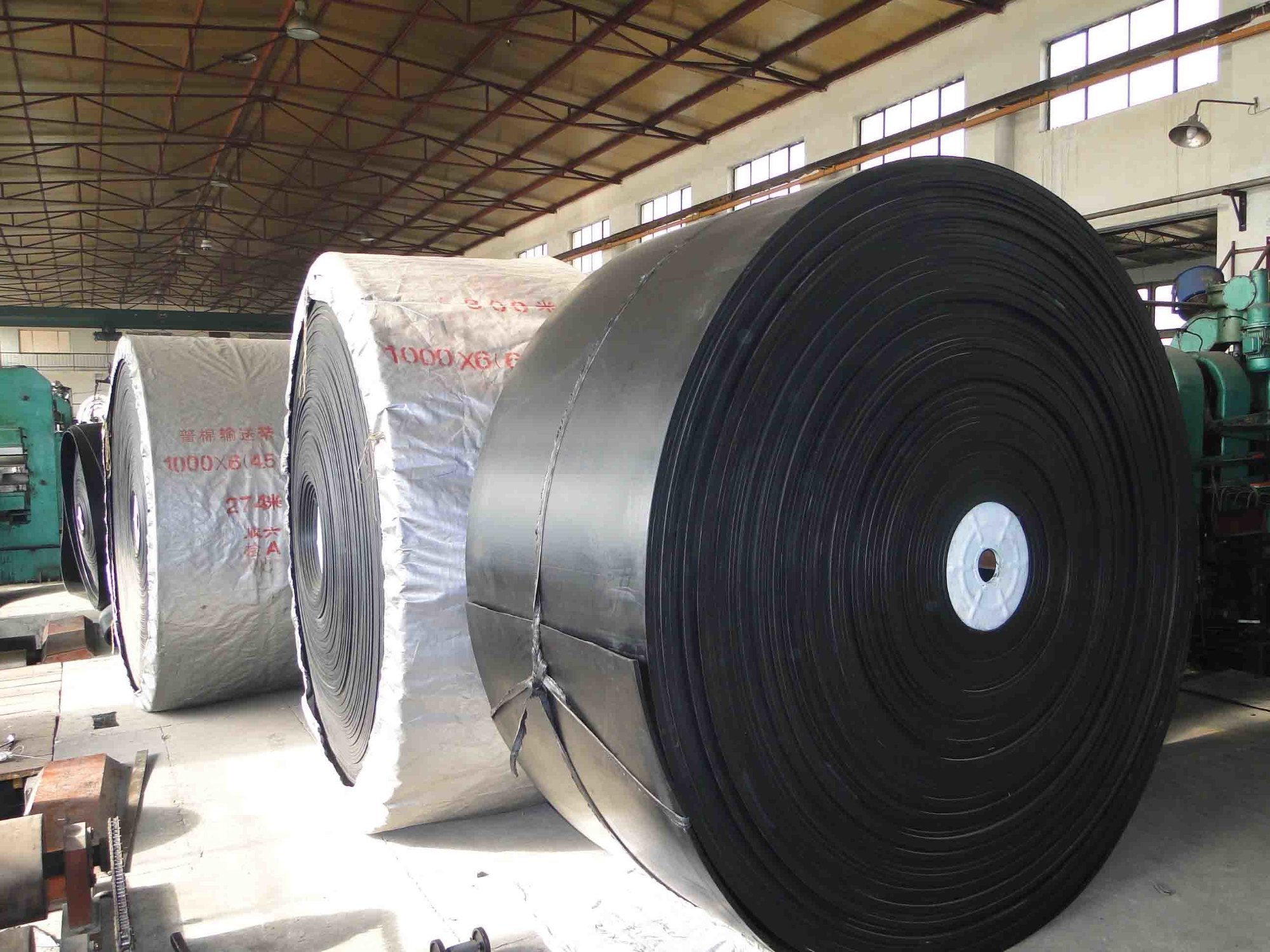In the world of machinery and industrial operations, industrial belts are an essential component that ensures smooth and efficient functioning. Whether it’s conveying materials, driving motors, or maintaining the synchronization of complex systems, these belts play a critical role across various industries. However, with so many types of industrial belts available, understanding their purpose, types, and applications can be a bit overwhelming. This blog aims to demystify industrial belts and guide you through their importance, types, and how to choose the right one for your machinery.
What Are Industrial Belts?
Industrial belts are flexible bands made from materials such as rubber, polyurethane, or synthetic compounds. They are used to transmit power between shafts, synchronize movement, or transfer materials in industries ranging from automotive and manufacturing to agriculture and food processing. Depending on the application, these belts can be flat, round, or have a V-shaped cross-section, each designed to meet specific operational needs.
Common Types of Industrial Belts
When it comes to selecting the right belt, understanding the different types available can make all the difference. Here’s a quick overview of the most commonly used industrial belts:
- Industrial V Belts
One of the most popular types, industrial v belts are named after their V-shaped cross-section. They are designed to fit into corresponding V-shaped grooves on pulleys, providing a firm grip and reducing slippage. V belts are known for their ability to transmit high levels of power while maintaining efficiency, making them ideal for applications where high torque is required, such as in heavy machinery and automotive engines. - Industrial Vee Belts
Often used interchangeably with V belts,industrial vee belts offer the same V-shaped design but are specifically engineered to provide enhanced traction and load distribution. These belts minimize slippage, ensuring that the power transfer remains consistent and reliable, even in demanding industrial environments. They are widely used in HVAC systems, agricultural equipment, and power transmission systems. - Timing Belts
Timing belts are toothed belts that ensure the synchronized movement of different components in an engine or machine. These belts prevent slippage and ensure precision in applications where timing is critical, such as automotive engines and industrial robots. - Flat Belts
Flat belts are often used in conveyor systems to move materials smoothly and efficiently. They are ideal for applications where uniform speed and low friction are necessary. - Conveyor Belts
Conveyor belts are designed to move materials from one place to another, commonly used in industries such as mining, food processing, and packaging.
Benefits of Using Industrial Belts
Using the right industrial belts can lead to several benefits:
Increased Efficiency: Properly installed belts ensure smooth operation and reduce energy consumption.
Minimal Maintenance: High-quality belts require less maintenance and have a longer lifespan.
Reduced Downtime: By preventing slippage and breakdowns, industrial belts contribute to uninterrupted operations.
Cost-Effectiveness: A well-maintained belt system reduces wear and tear, leading to lower operational costs.
Applications of Industrial Belts
Industrial belts find their place in a wide range of industries, including:
- Automotive Sector: Used in engines and transmission systems to ensure optimal performance.
- Manufacturing Plants: For moving parts and materials efficiently across assembly lines.
- Agriculture: Used in farming equipment to ensure smooth operation during planting and harvesting.
- HVAC Systems: Ensuring consistent airflow and system efficiency.
Choosing the Right Industrial Belt
Selecting the right belt depends on factors such as the type of load, operating conditions, and pulley size. Industrial v belts andindustrial vee belts are ideal for high-power applications, while timing belts are best suited for precision applications. Conveyor belts, on the other hand, are perfect for material handling systems.
“Choosing the right industrial belts is key to ensuring the longevity and efficiency of your machinery. Whether you’re looking forindustrial v belts, industrial vee belts, or specialized belts for unique applications, understanding the different types and their benefits can help you make an informed decision. Partnering with reputable industrial belt manufacturersIndia ensures that you receive high-quality products tailored to your requirements. And if you’re exploring other belt options, considering a v belt a section could provide additional flexibility and performance benefits for your machinery.”








